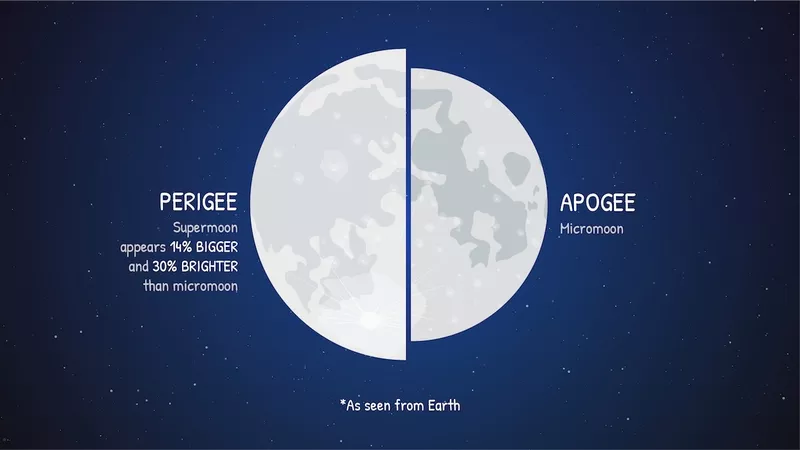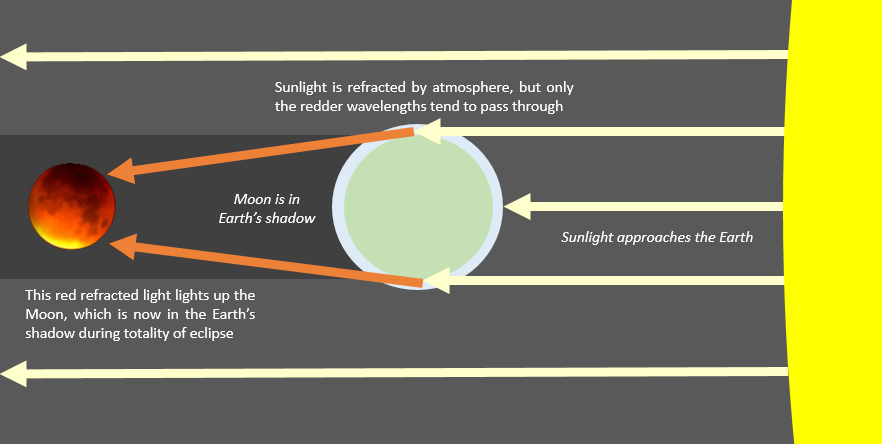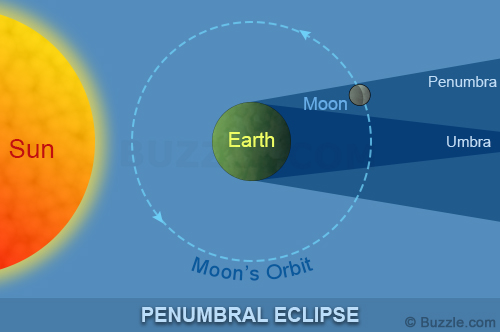Jan.31, 2018 Super Blue Blood Moon Eclipse
Posted on January 30, 2018Article written by Melinda O’Malley, Director of P-H-M DVT & Planetarium
On the morning of Wednesday, January 31st, Michiana and all of North America will see its first Super Blue Blood Moon in more than 150 years!
P-H-M families will want to rise early and try to find a nice open viewing area to see as much of this beautiful “lunar trifecta” as possible. On the morning of Jan. 31st, the moon will be low on the western horizon–opposite the rising sun when the eclipse begins. Around 5:51 a.m., the left side of the moon will begin to take on a slightly pink color as it moves into the outer edge, the penumbra, of the Earth’s shadow. The moon will continue to move deeper into the Earth’s shadow as it slowly sets. By 6:48 a.m., viewers in our area will begin to see the Moon’s color changing to a deep red as the Moon moves into the center, the umbra, of the Earth’s shadow.
Now here’s an explanation of the Super Blue Blood Moon Eclipse is why it is so special …
A supermoon is when a full moon occurs during perigee, its closest distance to Earth within its orbit. This makes the moon appear bigger and brighter than normal.

A “blue” moon, despite the name, actually has nothing to do with the color. Instead, it signifies the second full moon within a single calendar month. The expression “once in a Blue Moon” implies something rare. Blue Moons typically happen every two to three years, but double Blue Moons only happen three to five times per century and 2018 we will experience double Blue Moons in January and March!
Finally, a Blood Moon is often the name given to a total lunar eclipse because the moon appears a reddish color when it enters the Earth’s shadow. The red coloration is caused by sunlight that is refracted, or bent, as it passes through the earth’s atmosphere.

Just as the entire lunar surface is bathed in a “blood red” tint totality begins and the Moon will start to disappear below the horizon. So, make sure to wake up early to beat the rising sun and witness a once in a lifetime “lunar trifecta!”

Last Modified May 17, 2019
